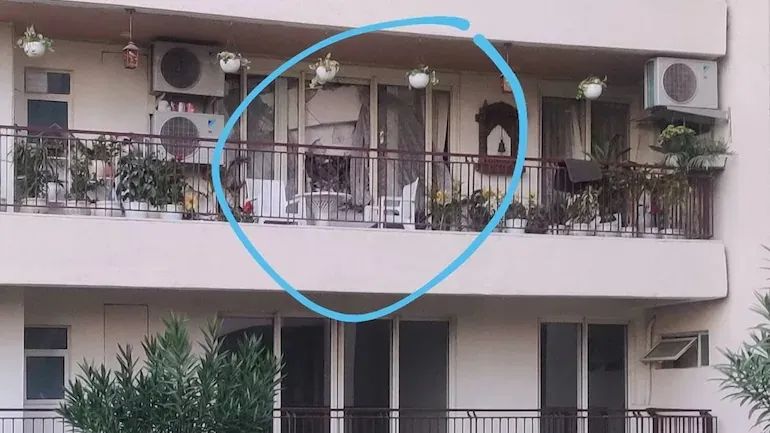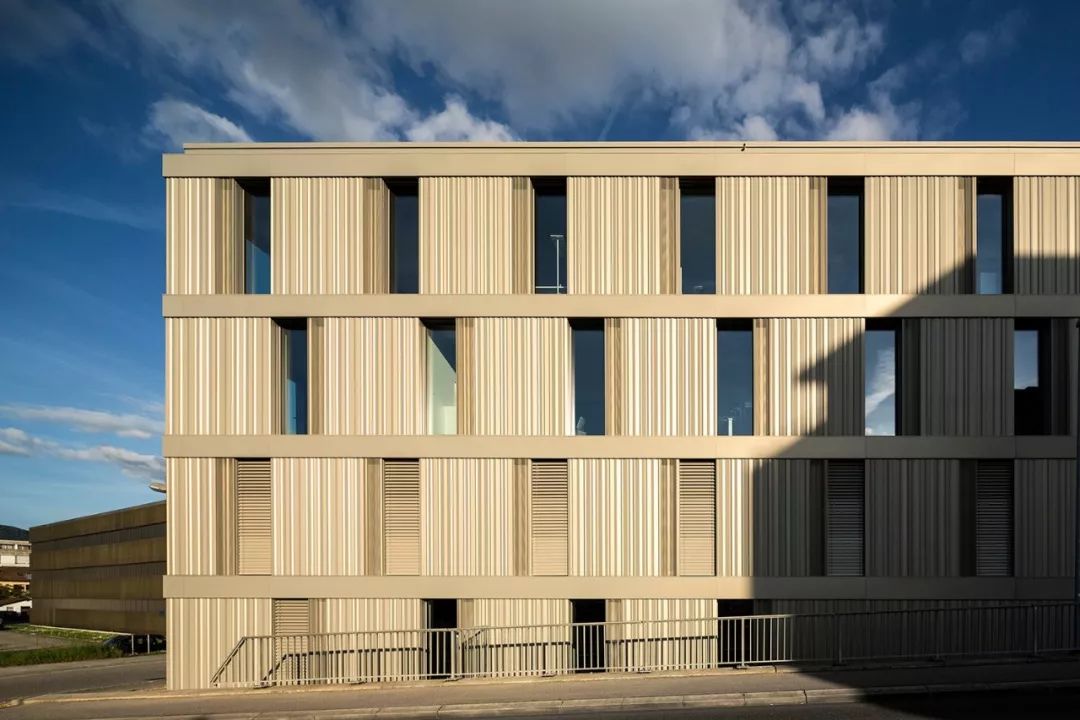⊙ the central axis layout of the temple building, the courtyard type Temple layout, is generally from the north to the south, starting from the Mountain Gate (the main gate of the temple) along a north-south central axis, from the south to the north, a hall is arranged at a certain distance from the south to the North, surrounded by corridors or pavilions.
The drum is placed at the top of the drum tower.
The hall is a place where Buddhist statues are worshipped and placed for worship and prayer.
In the architecture of Buddhist temples in China, the hall is the main body of temple architecture.
The guest room for visitors from all directions is specially located on the west side of the central axis.
There is King Kong hall or heavenly king hall behind the mountain gate.
Drum is sometimes used to compare the Dharma said by the Buddha.
It is the main building of the temple second only to the main hall, which is generally located behind the main hall.
The temple beats the drum in the morning and evening, which corresponds with the bell.
The main hall is the place for worshiping Buddha statues, so it is called the Mahavira Hall (photo: Li Jinyang) ⊙ the hall is generally the Mahavira Hall of Sakyamuni Buddha.
Under the drum tower is the goddess of mercy..
One of the seven Jialan, also known as “three gates”, generally has three gates, symbolizing “three liberation gates” (empty gate, no phase gate and no operation gate).
Its top is mostly Xieshan type, veranda type, double eaves type and pavilion type.
When you enter the mountain gate, you go in.
In front of the hall, there is usually a relatively open and flat place, with fumigation furnaces, Scripture buildings, etc.
It is the most important and largest building in the temple, forming the center of the whole temple, fully showing the architectural layout of “atrium high hall” of Chinese traditional architecture.
The first hall is the heavenly king’s hall.
A podium was set up for the seated statue of the Little Buddha.
It is characterized by more bays, large floor area and high relative height.
Below the bell tower is the Bodhisattva of the Tibetan king, which means saving suffering in hell and saving all living beings.
It is rare to have hard mountain type and hanging mountain type to show its solemnity and sublimity.
– 03 – Temple of heavenly king ⊙ the temple of heavenly king was mostly found in the temple of Pure Land Sect at first.
The hall is a place for monks to preach and practice Taoism and daily life.
In the morning, it rings the bell first and then the drum, and in the evening, it rings the drum first and then the bell, so it is called morning bell and evening drum.
It is one of the seven halls.
Therefore, the monks of the temple are merciful and knock the bell sooner or later.
Its position is opposite to the bell tower, so it has been known as “left bell and right drum” since ancient times.
There are other temples with the Mountain Gate in the shape of a memorial archway without a palace.
– 04 – Mahavira hall ⊙ “Mahavira” is the virtue name of the Buddha, which means that the Buddha has great power and can subdue four demons.
In the middle of the heavenly king’s hall is the big belly Maitreya Buddha sitting in the north and south.
Chinese Zen was not used for Maitreya, but after the two Song Dynasties, Chinese Buddhism appeared the situation of double practice of Zen and purification, Therefore, the heavenly king’s hall began to appear in most Chinese temples (photo: Tang Xuefeng) ⊙ in the middle of the heavenly king’s hall is the big belly Maitreya Buddha (photo: Master Jijie) ⊙ behind the Maitreya Buddha is the heavenly king’s hall for Weituo Bodhisattva, also known as Maitreya hall.
– 06 – bell tower ⊙ below the bell tower is the Bodhisattva of the Tibetan king, which means saving suffering in hell and saving all living beings (Photography: Lu Pengyu).
Sooner or later, the temple knocks the bell 108, which means that all living beings can get rid of 108 kinds of troubles, and the bell can make all living beings of the three evil ways rest temporarily.
The mountain gate is often built into a hall style.
The establishment of Dharma halls began in the Jin Dynasty.
In the development process of nearly 2000 years, the Buddhist temples in the Han region of China basically inherited the Chinese architectural tradition and took the form of courtyard as the layout of Buddhist temples, that is, large and small quadrangles connected in series.
In the hall, there are two statues of Hercules and King Kong, as well as two hem ha generals riding fire eyed golden eyed animals.
There are chairs and famous songs on the high platform in the hall.
There are incense tables under it, listening seats on both sides, left bells and right drums.
It also means “Enlightenment”, “emptiness” and “stillness”, which means seclusion from the world and transcendence from the world.
That is, the hall where Buddhist bells are hung in the temple.
It is just like fighting between the two armies and beating drums to make the sergeant attack the enemy.
There are four statues of heavenly kings on both sides of the East and the west, and the statue of Wei Tuo Bodhisattva behind Maitreya Buddha.
“Da Xiong” is the virtue of Buddha, which means that Buddha has great power and can subdue four demons.
It is a time reporting instrument for Buddhist and secular gatherings during the Dharma meeting.
The first temple Baima temple was built in the pattern of the official office of the Han Dynasty.
How much do you know about the layout of the temples and the Buddha statues enshrined in them? – 01 – Temple layout Buddhism was introduced into China.
– 07 – Drum Tower ⊙ below the drum tower is the Miao auspicious Bodhisattva, that is, Manjusri Bodhisattva (photo: Lu Pengyu).
In ancient times, it was opposite to the Sutra tower and usually separated from the drum tower on the two wings of Galan.
The Dharma can make all sentient beings fall down like a demon army.
Therefore, the Dharma is compared to drum.
The bell tower is commonly known as Bell banging hall, bell hall, bell platform and fishing bell hall.
The drum tower is a building hanging drums.
The Buddha in the hall is generally Sakyamuni Buddha.
The Zen sect is called Dharma hall, and other sects are called lecture hall.
In front of the heavenly king hall, there are bell towers and drum towers on both sides.
– 05 – Dharma hall ⊙ Dharma hall is the place for preaching Buddhism and gathering of monks.
In some temples, the mountain gate is nothing but a passing court.
The main hall is a place for worshiping Buddha statues, so it is called the Mahavira hall.
When you go to the hall, you can say it.
The main buildings on the central axis from south to north are the mountain gate, the heavenly king’s hall and the main hall, followed by the Dharma hall, the Sutra Pavilion (Pavilion), the Pilu Pavilion and the Guanyin hall.
In addition to placing Buddha statues in the Dharma hall, it is also called Leo.
– 02 – Mountain Gate ⊙ memorial archway Mountain Gate (photo: Li Jinyang) ⊙ the mountain gate has three gates, namely empty gate (middle), no phase gate (left) and no operation gate (right).
In front of the Mahavira hall, there are flail blue hall and ancestral hall (or Guanyin hall, pharmacist hall, etc.) in the left and right side auxiliary halls.
When eminent monks and virtues visit the temple, bells and drums ring together to show respect and respect.
When you knock the bell, sing and recite the jingle of knocking the bell, one by one, in order to pray that the suffering beings will be able to have light troubles, long wisdom and Bodhi life after hearing the bell.
The main living areas of the temple are often concentrated on the east side of the main axis, including monk’s room (living room), Xiangji kitchen (kitchen), Zhaitang (dining hall), official hall (warehouse), Rongtang (reception room), etc.



